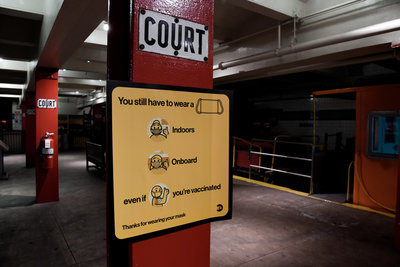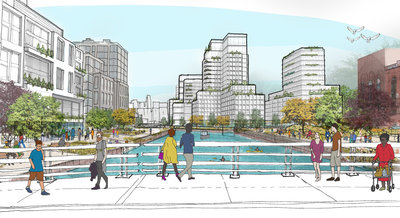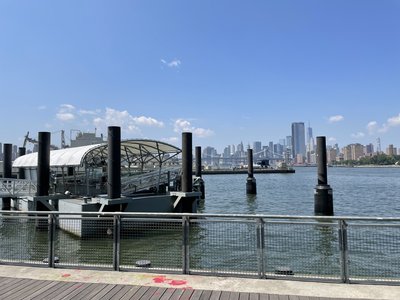My Plastic Heart opens Greenpoint store
Since 2004, My Plastic Heart has been selling new, collectible, and vintage toys through its online store and later at a brick-and-mortar location in the East Village.
Earlier this year, store owner Vincent Yu and his team packed up and moved their in-person operation across the river to 40 Greenpoint Avenue, only one block away from the North Brooklyn waterfront.
“We were fairly familiar with the neighborhood and have friends here,” Yu explained during an interview. “We’ve also done shows at the [Brooklyn EXPO] convention center and we’ve been following the area as it’s developed over the past ten years.
“We were either going to stay in Manhattan or move here, and when we saw this space we knew we would never find anything like this again,” he added.
Although My Plastic Heart continues to sell a large amount of toys online, Yu believes that an in-person store adds to the toy-buying experience.
“A lot of it has to do with what we sell, it’s very tactile,” Yu said. “It also helps people know the size of a toy. Many times people have come in and said, ‘oh it’s bigger than I thought’ or ‘it’s so small.’”
My Plastic Heart is also hoping to fill a void in the Greenpoint community, which currently lacks many proper toy stores.
“We didn’t see anything like this in this area,” Yu said. “There are so many kids here who love to have somewhere to go. There are a lot of families and kids, and this feels like a great place for them.”
Ironically, the toys on sale at My Plastic Heart are traditionally targeted for an older demographic, namely adults ages 25 to 35. As Yu explains, big kids like himself are particularly attached to the media they consumed when they were younger.
Now that his generation is older and has some money in their pockets, they are ready to spend it on some nostalgia-infused plastic.
“When we were growing up, we had no computers, we had barely just gotten cable,” Yu explained of his own upbringing in Flushing. “We watched our three channels on TV and then wanted the toys from those three channels. That’s kind of where a lot of this comes from.
“It has a lot to do with nostalgia,” Yu added while picking up a Run-DMC action figure. “Some companies take toy licenses from the 80s from the 90s and recreate them. It’s not for kids, because no kids today are going to know Run-DMC.”
My Plastic Heart’s quirky dedication to the toys of yesteryear has already struck a chord with Greenpointers. Yu and company attribute the success, in part, to the dynamic sidewalks of North Brooklyn’s neighborhoods.
“From where we came from it’s like night and day,” he said. “That area was all commercial. Here, families and other people can just walk into stores.”
Having found great success in the area already, Yu hopes that My Plastic Heart can inspire others to take what they are passionate about and share it.
“If it’s really your passion, there is never a bad time to do it [start a business],” Yu said. “Even during the pandemic, we were able to make the best of it. So if it’s your passion, there are plenty of resources to learn about in New York City that can help you make it happen.”
My Plastic Heart is currently open Friday from 1 to 8 p.m., Saturday from 1 to 8 p.m., and Sunday from 1 to 6 p.m. The store is also open by appointment Monday through Thursday, but you can usually find a staff member inside ready to help if you happen to walk by.






